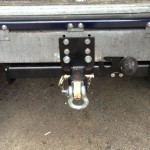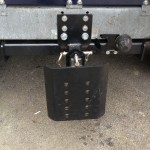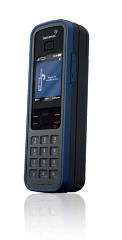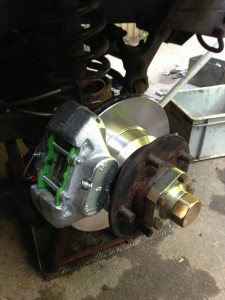 For a while now I’ve planned to replace the standard drop plate and tow hitch on the back of the 90 with a 2 inch receiver. This allows a number of different items to be attached to the rear of the vehicle including a standard drop plate for towing or a simple shackle for recovery. If we can figure out somewhere to store it we’ll get a winch mounting plate for it too so we can potentially move the winch from the front to the rear.
For a while now I’ve planned to replace the standard drop plate and tow hitch on the back of the 90 with a 2 inch receiver. This allows a number of different items to be attached to the rear of the vehicle including a standard drop plate for towing or a simple shackle for recovery. If we can figure out somewhere to store it we’ll get a winch mounting plate for it too so we can potentially move the winch from the front to the rear.
 I’ve been putting the job off because the standard hitch was bolted on before the rear fuel tank was fitted without using captive nuts. The upshot of which is that it looked like I’d need to drop the rear fuel tank to change it which is far from an easy job on a TD5 90 let alone one with an additional tank connected to it.
I’ve been putting the job off because the standard hitch was bolted on before the rear fuel tank was fitted without using captive nuts. The upshot of which is that it looked like I’d need to drop the rear fuel tank to change it which is far from an easy job on a TD5 90 let alone one with an additional tank connected to it.
Anyway, as it turned out I managed to do the job with a bit of keyhole surgery, managing to slide the tank and it’s guard half an inch forward, just enough to get the job done. I made up a 6mm thick spreader plate and welded captive nuts on it to fit the receiver hitch so I shouldn’t have the problem again.



